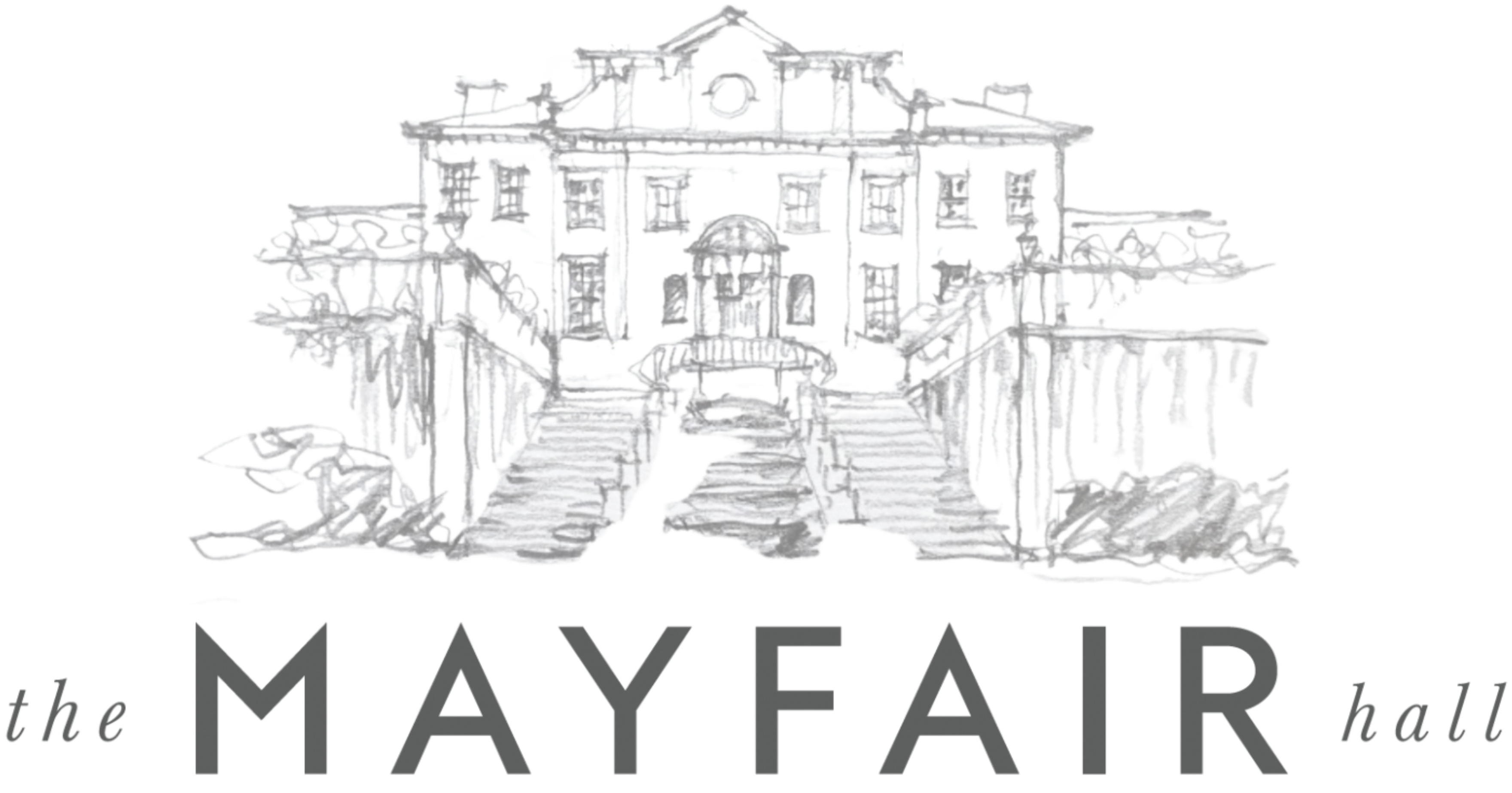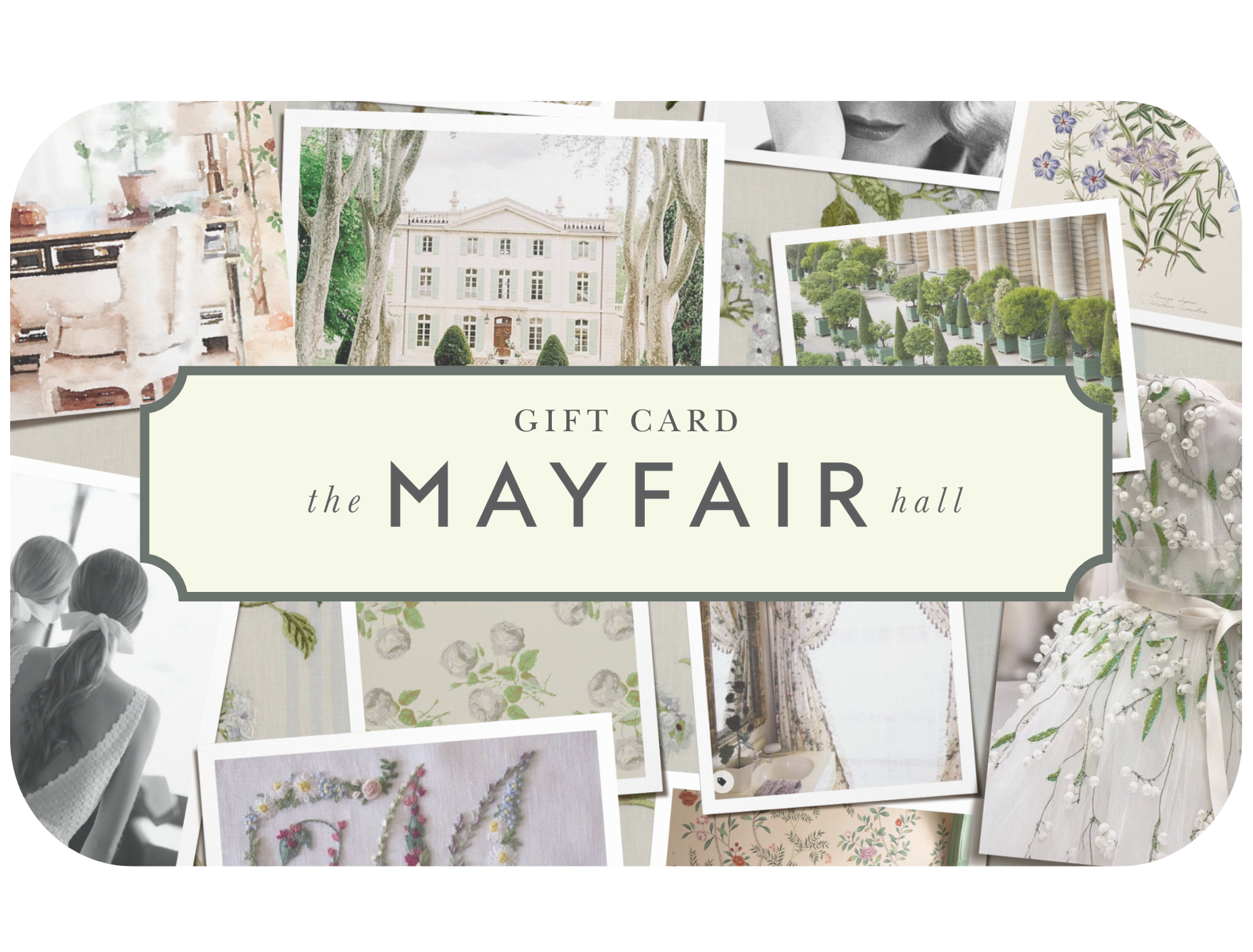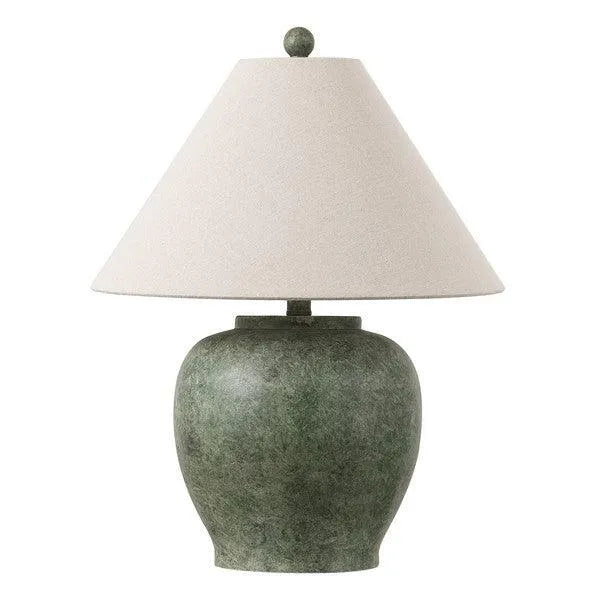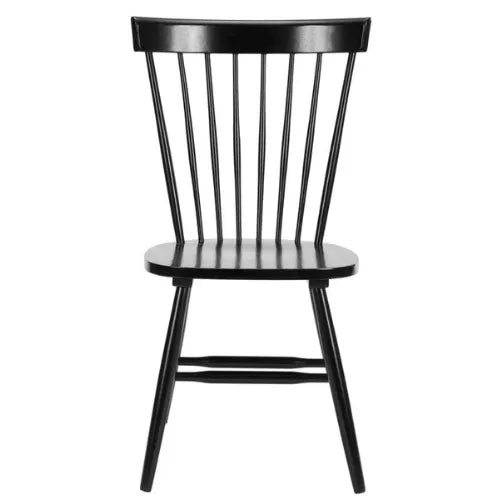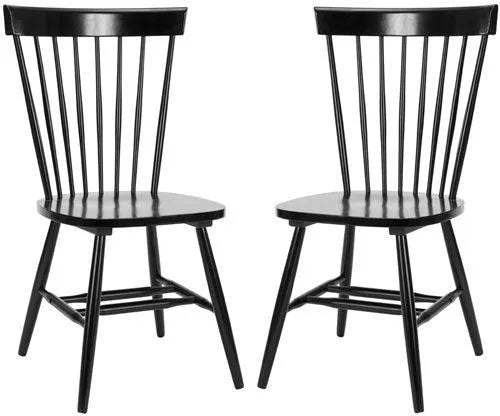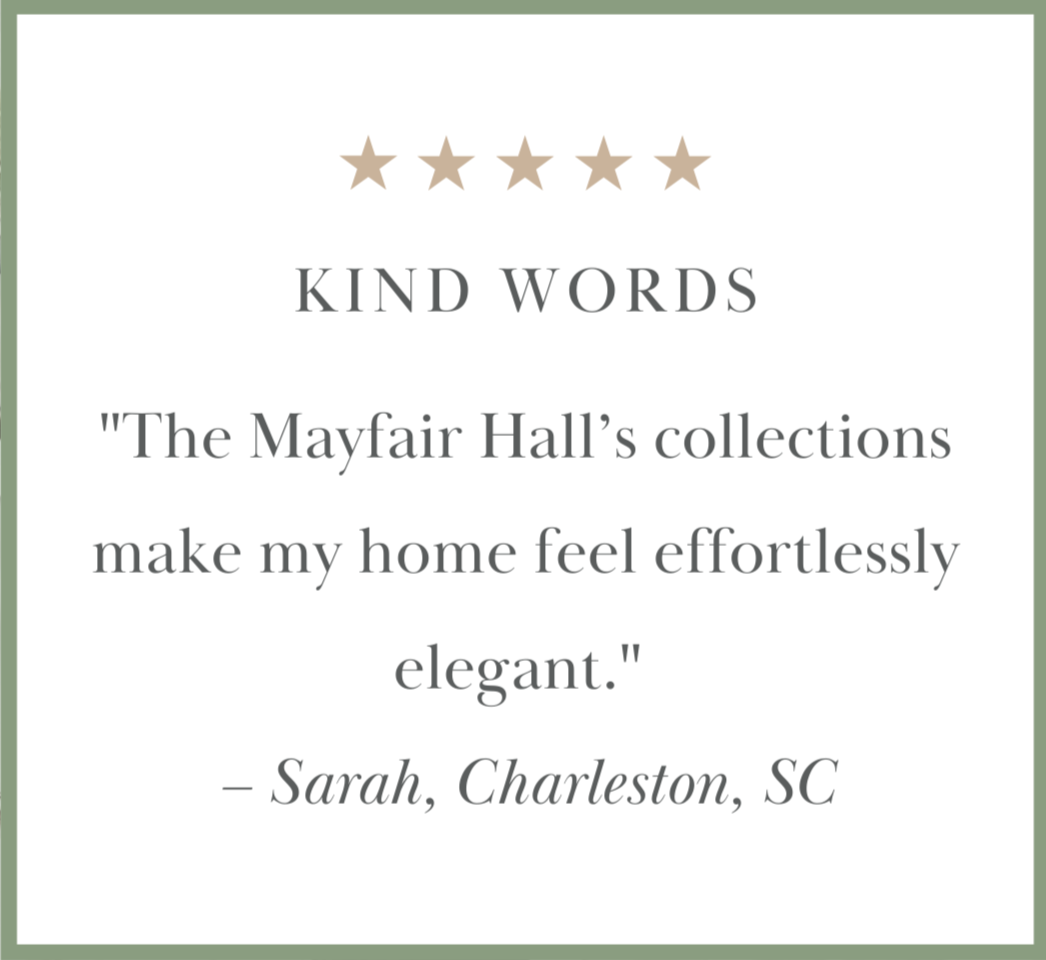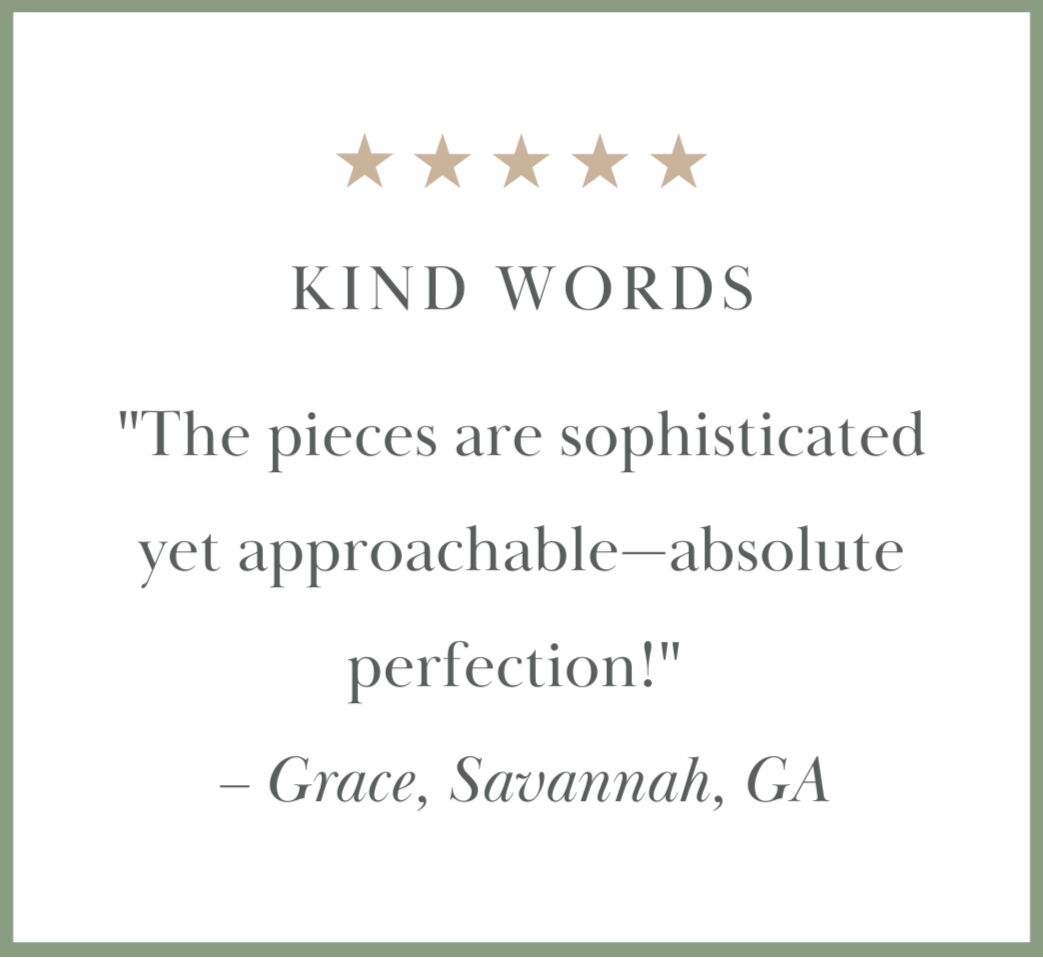The Art of Writing Thank You Notes: A Timeless Tradition
In an age of hurried emails and fleeting text messages, there is something profoundly elegant about a handwritten thank you note. More than just a courtesy, it is a gesture of grace, gratitude, and thoughtfulness—a way of pausing to acknowledge kindness with sincerity and refinement.
The art of correspondence has long been a marker of good breeding and civility, from the carefully penned letters of Jane Austen’s heroines to the impeccably composed notes of Jacqueline Kennedy Onassis. A well-crafted thank you note carries with it a sense of occasion, elevating even the simplest acknowledgment into something memorable.

Why Handwritten Notes Matter
Unlike a quick digital message, a handwritten note feels deeply personal. It requires intention—choosing fine stationery, composing thoughtful words, and sealing it with care. In a world that moves quickly, taking the time to write by hand is an act of refinement and appreciation.
The Elements of a Perfect Thank You Note
-
Beautiful Stationery
The foundation of any note is the paper itself. Opt for high-quality stationery—engraved, monogrammed, or classic cream-colored cardstock—to set the tone. A handwritten note on elegant paper feels instantly more meaningful. -
A Thoughtful Opening
Begin with a warm salutation. “Dearest,” “My dear,” or even a simple “Dear [Name]” instantly sets a gracious tone. -
Express Genuine Gratitude
The heart of the note should be sincere thanks. Be specific about what you are grateful for—whether a thoughtful gift, a kind gesture, or someone’s hospitality. A simple but heartfelt sentiment such as, “Your generosity truly touched me,” carries warmth and sincerity. -
Personal Touches
Mention how you plan to use or enjoy the gift, or recall a shared moment of the occasion. Adding a personal detail makes the note feel authentic and deeply appreciative. -
A Gracious Closing
Conclude with warmth and elegance. “With my deepest gratitude,” “Warmest regards,” or a simple “Ever yours” lend a polished finish.
Etiquette & Timeliness
A thank you note should ideally be sent within a week of receiving a gift or gesture, though it is never too late to express appreciation. The effort of writing—even belatedly—is always meaningful.
Making Thank You Notes a Ritual
Incorporating the habit of writing thank you notes into everyday life fosters mindfulness and gratitude. Keep a collection of fine stationery and an elegant pen within reach, ready to send a thoughtful note at a moment’s notice.
At The Mayfair Hall, we believe that the written word carries a timeless beauty. A well-penned note is not just an expression of thanks but a reflection of the writer’s grace and refinement.
Because elegance is not just in what we do, but in how we express ourselves.
From Our House to Yours,
Mrs. Mayfair
